Though the activity is widespread and spreading all over India thanks to locals participating in bird-watching tours the industry is still in a nascent stage. India has great potential with thirteen percent of the World's birds. If you include the subspecies the number goes right up to 2000 with many endemics.
Most of the enthusiasts still favor the old track, but slowly new hot spots are being explored and discovered. The growth in tourism infrastructure has enabled birders to explore the length and breadth of the country. This has given rise to professional bird tour operators with a wide network of guides, interpreters, and travel service providers. Today this industry is poised for a big leap forward and why not the recreation is of the finest type and healthy.
The availability of better optics and handbooks has made a World of difference with the emergence of homegrown bird watchers and local guides for whom this is the best wage earner.


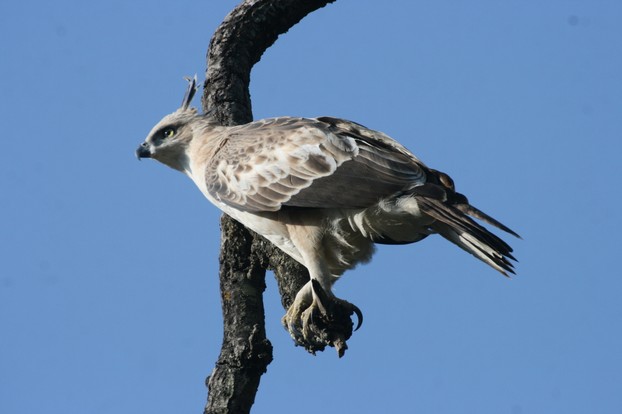
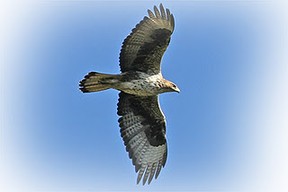
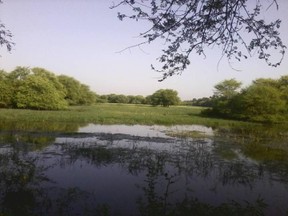 Keoladeo Ghana means dense forest where the Shiva deity resides. Yes, there is a temple Keoladeo dedicated to Lord Shiva a member of the holy trinity where the Lord is the destroyer. Bharatpur must have been a natural water body as well which was in a later period made into a huge reservoir by the Maharajah.
Keoladeo Ghana means dense forest where the Shiva deity resides. Yes, there is a temple Keoladeo dedicated to Lord Shiva a member of the holy trinity where the Lord is the destroyer. Bharatpur must have been a natural water body as well which was in a later period made into a huge reservoir by the Maharajah. 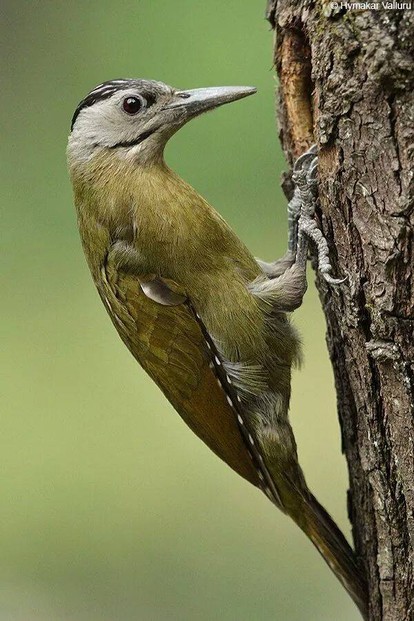
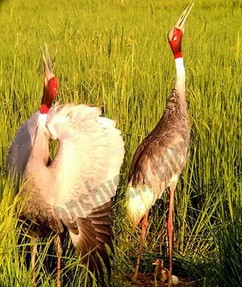 Bharatpur was once famous for hosting wintering Siberian Cranes which do not arrive here anymore having been exterminated on their migratory path. The only cranes that can be seen here are the Sarus and Common Crane.
Bharatpur was once famous for hosting wintering Siberian Cranes which do not arrive here anymore having been exterminated on their migratory path. The only cranes that can be seen here are the Sarus and Common Crane. 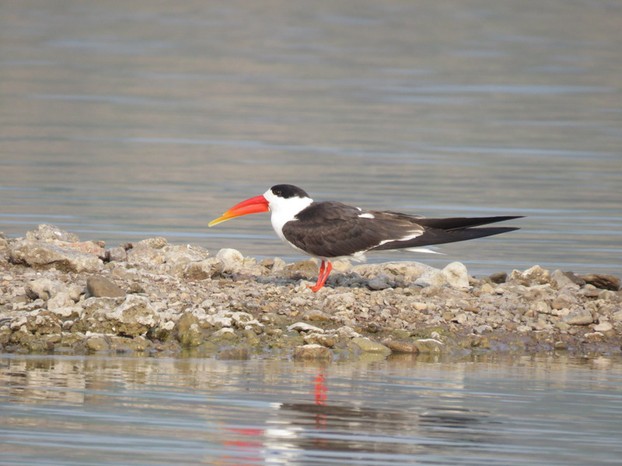
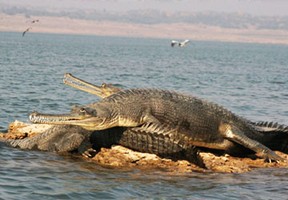 The river intersects three states namely Uttar Pradesh, Madhya Pradesh, and Rajasthan. A part of the river is notified as a sanctuary. This is where tourism activity chiefly boating and trekking takes place. The best areas are near Dholpur City in Rajasthan although boating takes place in the waters of Madhya Pradesh and is organized by MP Tourism Development Corporation.
The river intersects three states namely Uttar Pradesh, Madhya Pradesh, and Rajasthan. A part of the river is notified as a sanctuary. This is where tourism activity chiefly boating and trekking takes place. The best areas are near Dholpur City in Rajasthan although boating takes place in the waters of Madhya Pradesh and is organized by MP Tourism Development Corporation. 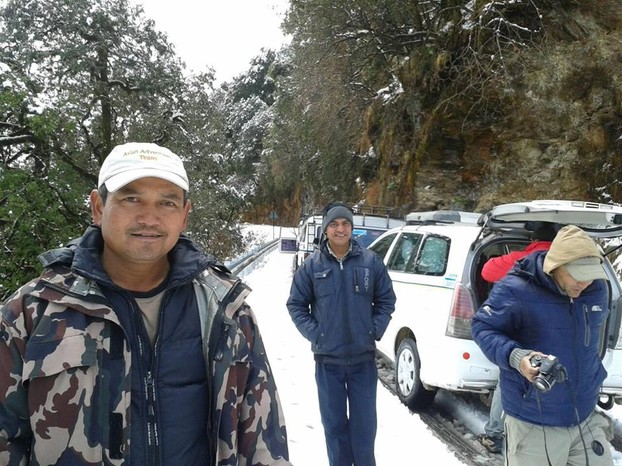
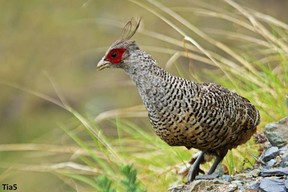 There are three marvelous destinations mentioned in Nainital Districts these are few among many.
There are three marvelous destinations mentioned in Nainital Districts these are few among many.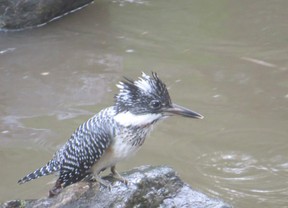
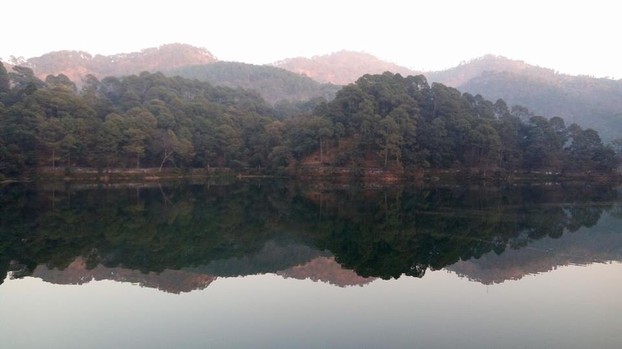
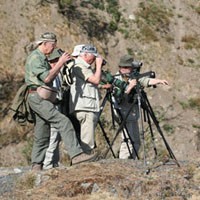 The Expeditions
The Expeditions 


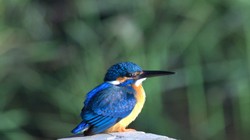

 Full Day Safari in Bandhavgarhon 08/29/2023
Full Day Safari in Bandhavgarhon 08/29/2023
 SEO Campaign: Website Overhaulon 02/13/2023
SEO Campaign: Website Overhaulon 02/13/2023
 Indian Food It Is Not All Curryon 02/08/2023
Indian Food It Is Not All Curryon 02/08/2023
 How Tiger Tourism is Organized in India?on 02/07/2023
How Tiger Tourism is Organized in India?on 02/07/2023
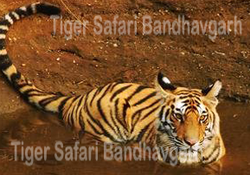
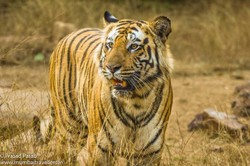
Comments
The hunting was for meaningless recreation in thousands,
pateluday, Thank you for the pictures, practicalities and products: in particular, I like the birds of India calendar.
Did participants in the royal hunts kill lots of waterfowl to perfect their target skills or to provide bird parts for clothing, food, medicine or trophies?